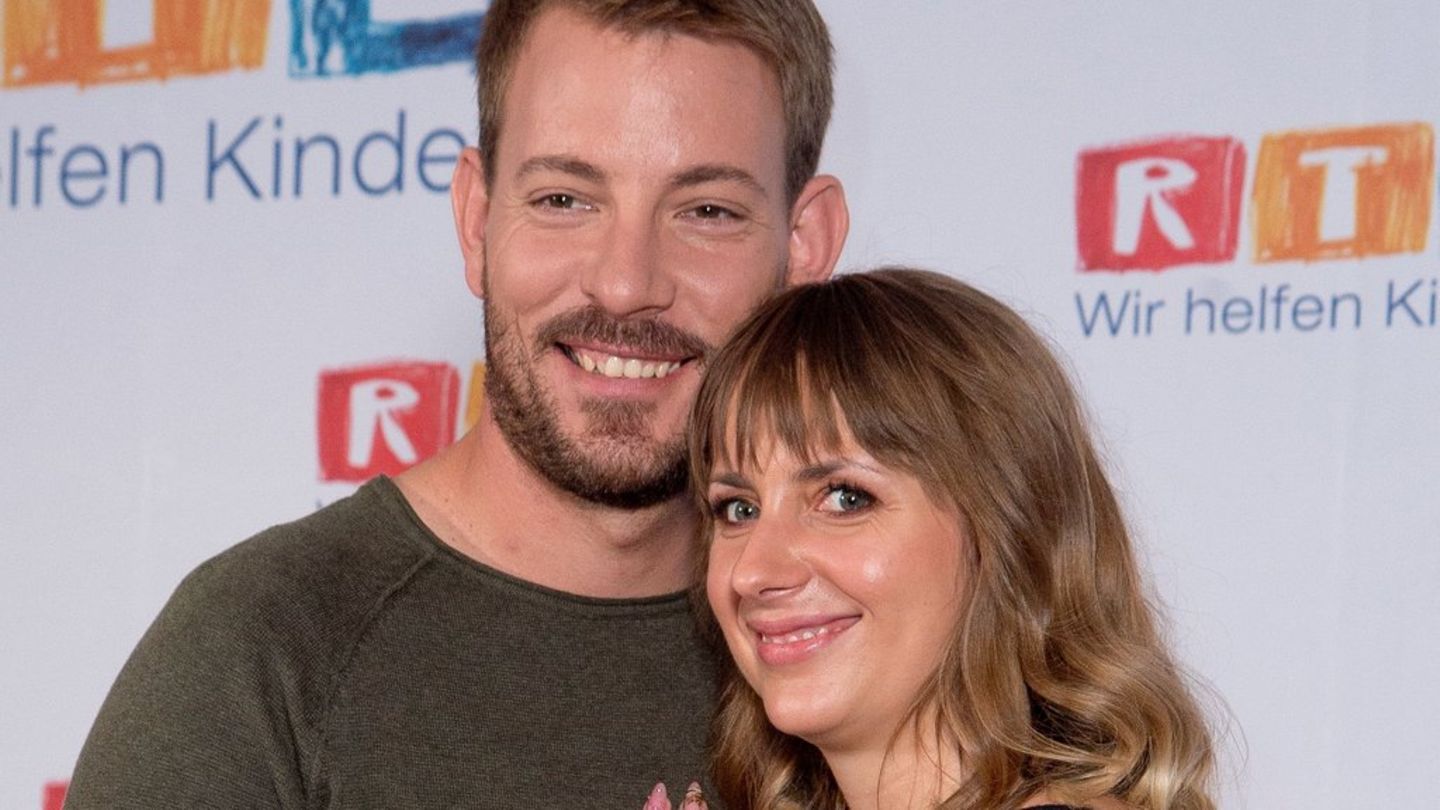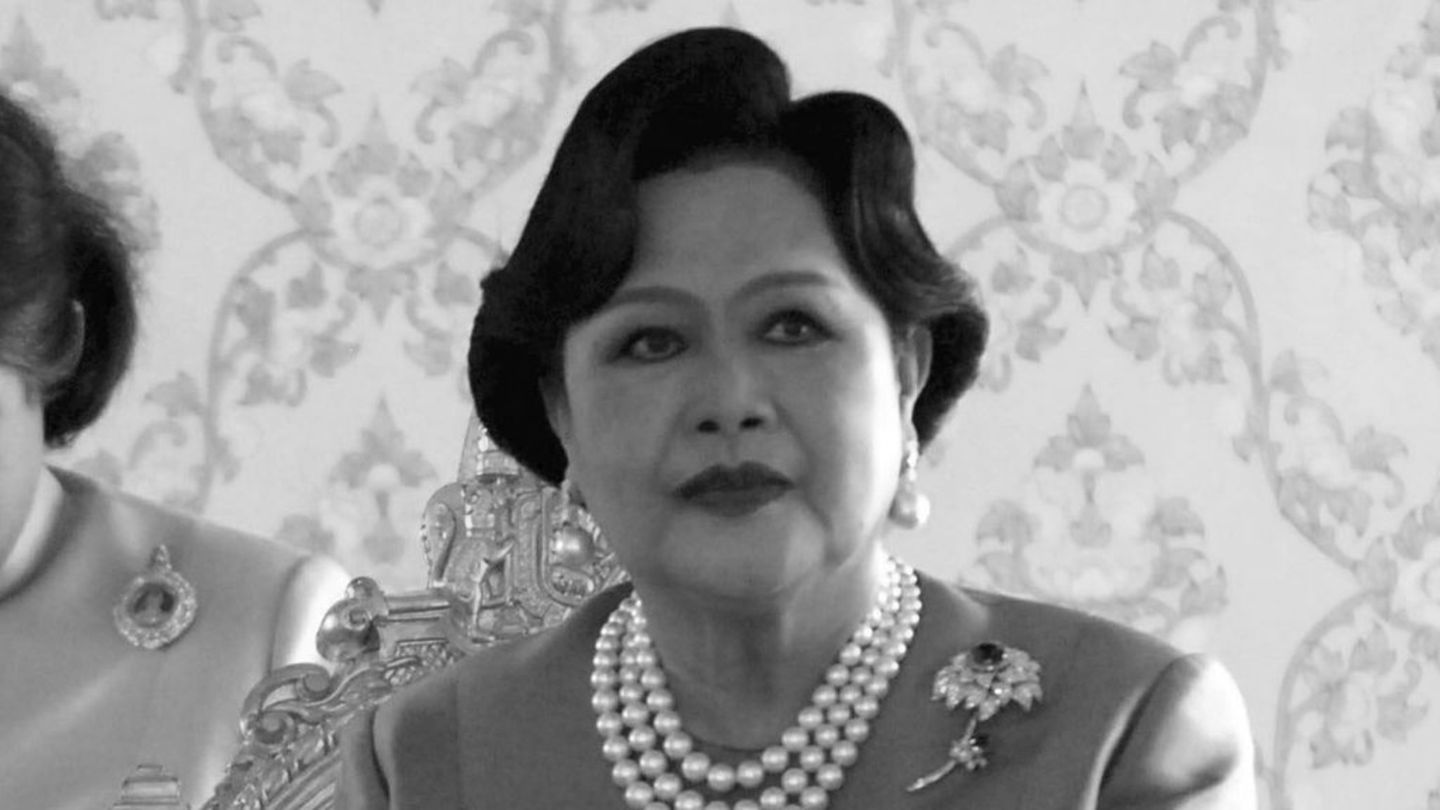Dance and music enthusiasts alike were drawn to the Brucknerhaus on Sunday, where the Flemish choreographer Anne Teresa De Keersmaeker with her company Rosas and the French-Canadian cellist Jean-Guihen Queyras were guests. Reflecting a milestone in music – Johann Sebastian Bach’s six cello suites – in dance is the mission of the 63-year-old, for whom dance is “moving architecture”. Major the steps forward, minor steps back, exploring social relationships, the harmonies vertical spaces that Bach cleverly imposes on the “univocal” cello. A complex undertaking that is fascinating in theory, but may be a bit difficult to understand in practice. The evening was definitely fascinating. Its title “In the middle of life we are” – inscribed on the gravestone of dance icon Pina Bausch – comes from a song of praise by Martin Luther: “We are surrounded by death,” it continues. De Keersmaeker interprets the numbers of the suites in the catalog of Bach works by hand to the audience in advance, before she leaves the stage to the dancers – solo or in a group – to mingle lightly with them again in individual movements.
In front of each suite, a pattern with adhesive strips is attached to the floor, the radii of which become increasingly expansive: a circle, triangles, a pentagon are revealed by subsequent local inspection.
Again and again, courtly steps shimmer through in the dancers’ movements, corresponding to the dances, running steps to the courante, it becomes almost clownish to the gigue. “My walking is my dancing” is De Keersmaeker’s credo. A movement of the arm, a few small steps back – one of her phrases returns again and again, is taken up by the dancers, modified, modulated like a key in music. The latter in particular carries the evening.
Jean-Guihen Queyras gives the suites a meditative pull with his noble tone. He changes places for each one and also plays with his back to the audience. Once he leaves the stage, the dance continues. What remains of him without the music? Then again the cello sings alone, surrounded by recumbent dancers. Strong applause with standing ovations for dancers and musicians.
Conclusion: An exciting evening in many respects, but one that also poses many puzzles.
more from culture
More quiz shows, less “million-dollar show”: That’s what the ORF entertainment director is planning
Thomas Kerbl: “Many people didn’t believe we could do that”
In the footsteps of Johnny Cash: Styrian nominated for Grammy
“Polizeiruf 110”: ARD for those who feel driven away by the ORF
: Nachrichten
I am an author and journalist who has worked in the entertainment industry for over a decade. I currently work as a news editor at a major news website, and my focus is on covering the latest trends in entertainment. I also write occasional pieces for other outlets, and have authored two books about the entertainment industry.




